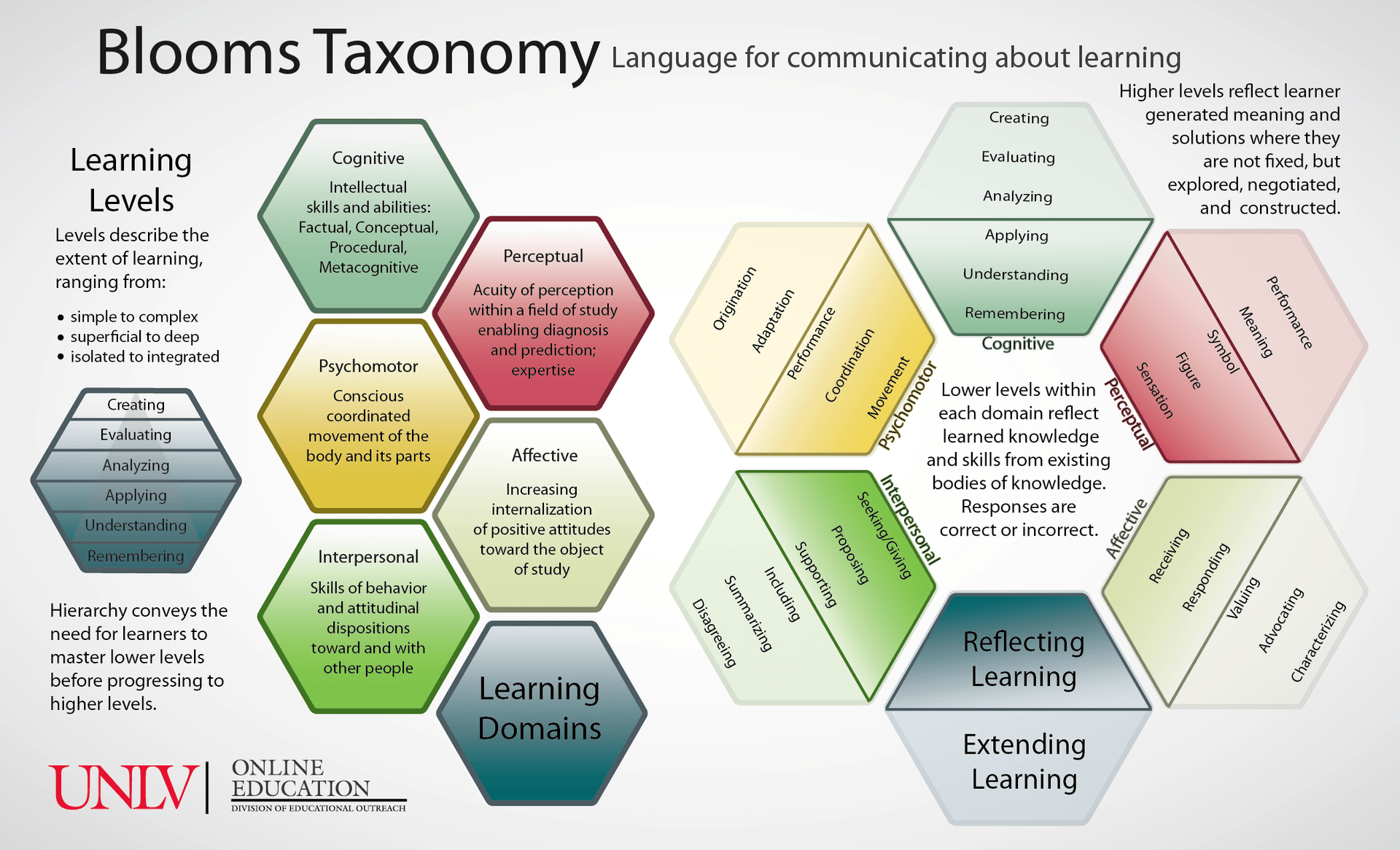
The 60Second Guide To Blooms Taxonomy eLearning Industry
Educators should use Bloom's Taxonomy and technology integration in concert to ensure that student learning encompasses every level of Blooms Taxonomy." (Signal 2012) "Bloom's Taxonomy places cognitive skills in a leveled hierarchy that can really help educators to design objective-based lessons by helping them understand what cognitive.
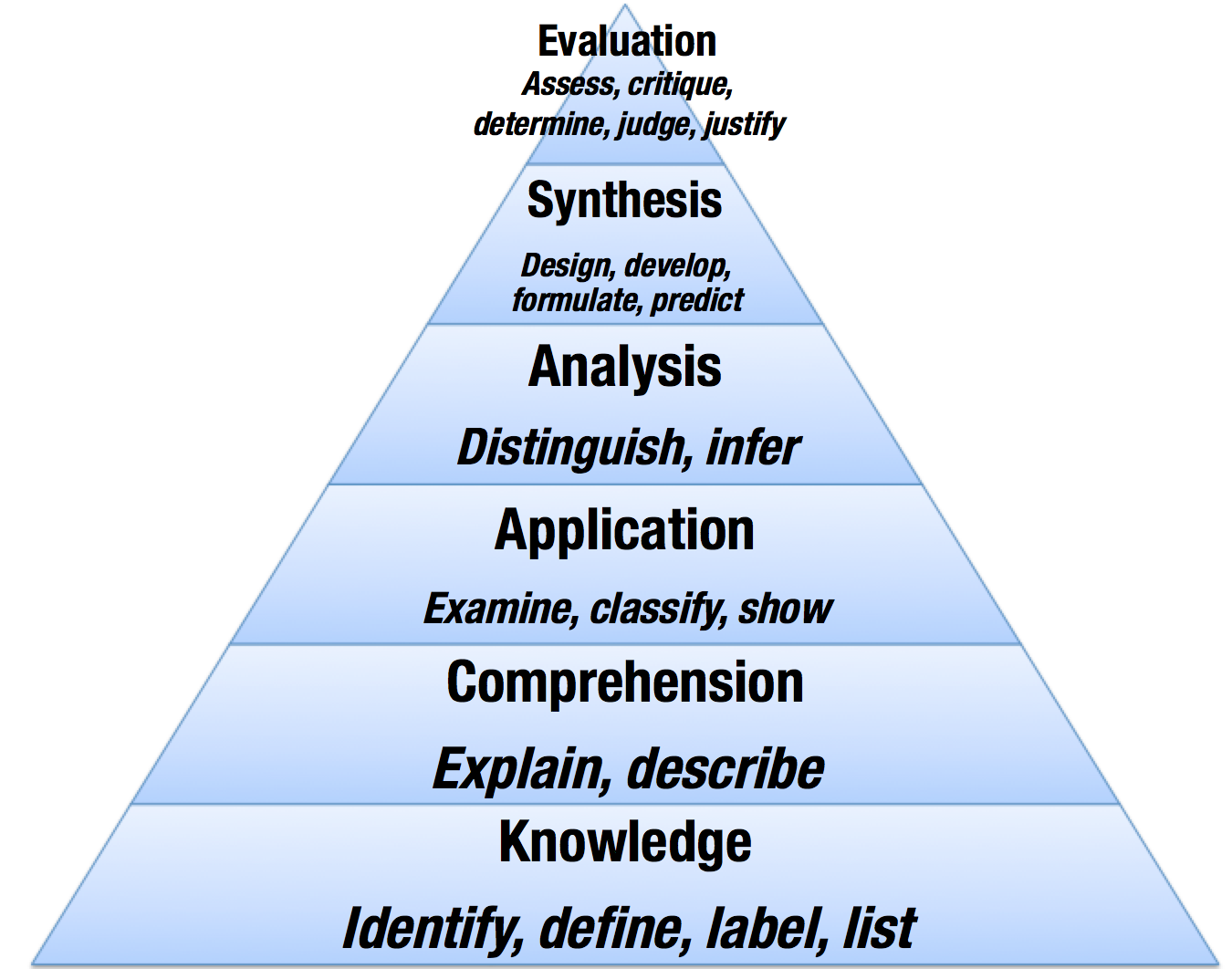
Designing online discussions Instructional Design & Technology
Bloom's Taxonomy is a logically sequenced structure depicting the cognitive skills required for students to grasp knowledge comprehensively and meaningfully.

Technology Integration It’s about Equity and Quality Learning, not the “Stuff” Dr. Marci Shepard
Integrating Technology with Bloom's Revised Taxonomy: Web 2.0-enabled Learning Designs for Online Learning
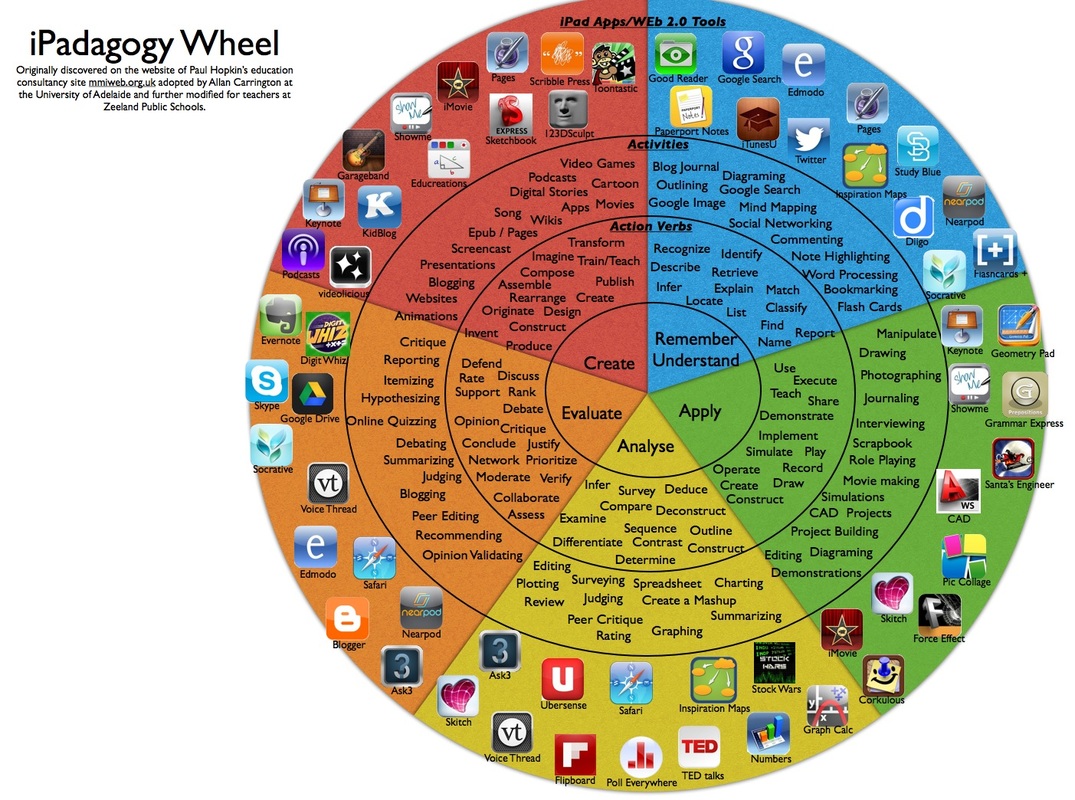
Educational Technology Bloom's Digital Taxonomy Professional development for educators
The purpose of Bloom's Digital Taxonomy is to inform instructors of how to use technology and digital tools to facilitate student learning experiences and outcomes. It aims, "To expand upon the skills associated with each level as technology becomes a more ingrained essential part of learning." 1 The use of this adapted version and the.

technology blooms taxonomy Teacher's Corner / Bloom's Taxonomy and Technology Integration May
Citation: Rehman, Z. U., & Aurangzeb, W. (2021). The SAMR Model and Bloom's Taxonomy as a Framework for Evaluating Technology Integration at University Level. Global Educational Studies Review.

15702021271_1e51d46cd8_o.png (2400×1800) Bloom's Taxonomy Pinterest Blooms taxonomy
The combination of Bloom's Taxonomy and technology integration into the curriculum will do a lot for your lesson plans. You can ensure that students are practicing and demonstrating all types of thinking skills, especially Higher Order Thinking Skills. Use technology to help deliver your instruction for students to exercise the lower levels of Bloom's hierarchy, but put technology in the.

Bloom's Digital Taxonomy Verbs For 21st Century Students
Bloom's Digital Taxonomy is a technology-friendly update of the classic framework. Benjamin Bloom was not a lone duck. He collaborated with Max Englehart, Edward Furst, Walter Hill, and David Krathwohl to publish a framework for categorizing educational goals in 1956 named Taxonomy of Educational Objectives. Over time, this pyramid became.

Bloom's Taxonomy & Technology Integration Technology Tools for Lesson Plans Libraries at
The digitalization of education at the turn of the century has necessitated a digital update of Benjamin Bloom's original taxonomy of educational objectives (1956) and of Anderson and Krathwohl's revised taxonomy (2001). The updated digital
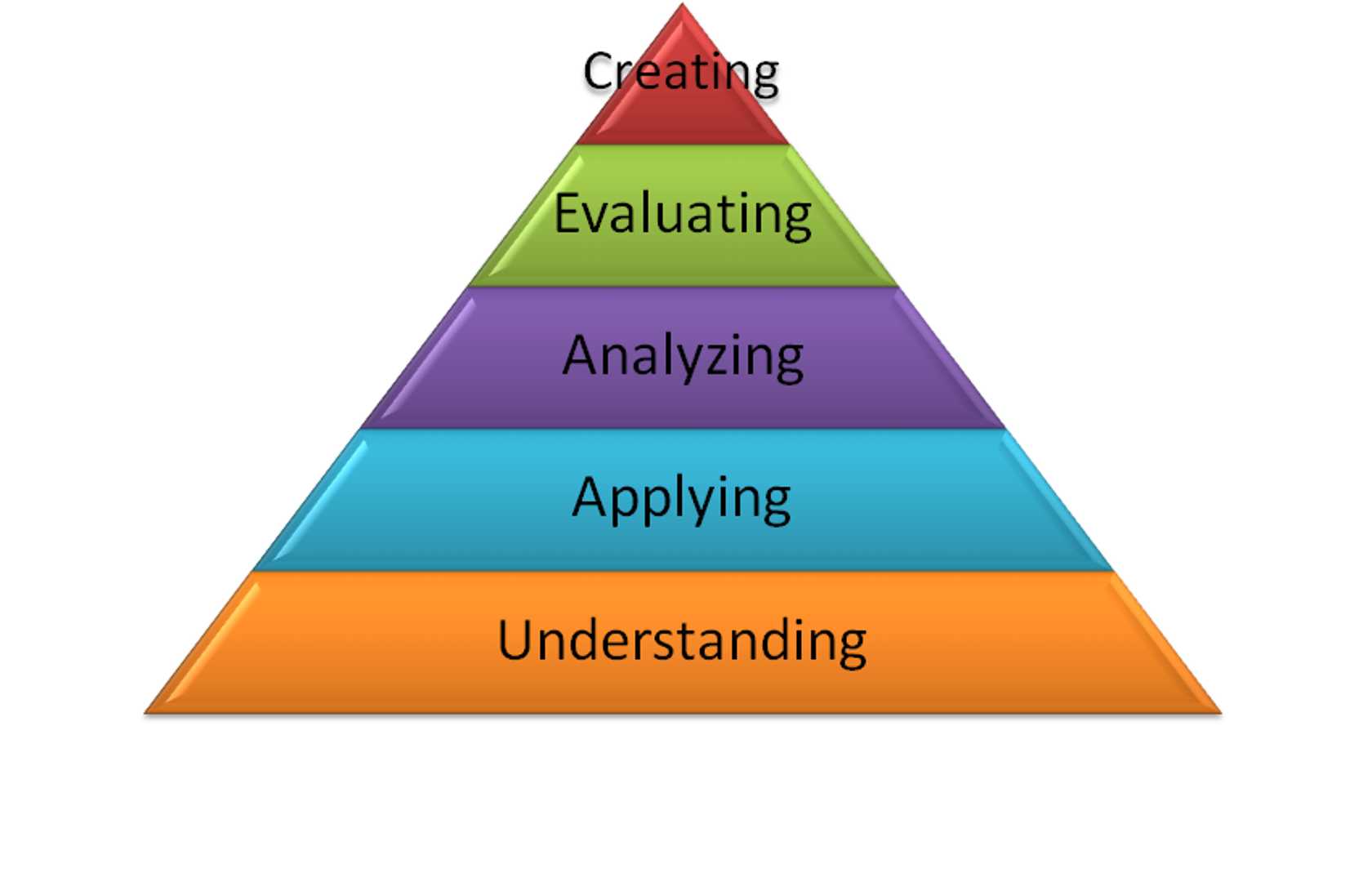
Bloom's taxonomy Pearltrees
The same can be said of the relationship between the TIM and Bloom. Using the TIM to design or modify lessons helps ensure that technology use increasingly supports higher-order thinking skills. One of the underlying principles behind the Matrix is that higher levels of technology integration on the TIM require higher-order thinking on the part.

AET/541 Team B Bloom's Taxonomy and Technology
There has been a plethora of literature documenting academic dishonesty as a widespread global phenomenon among students in Higher Education Institutions [].Scholars from many parts of the world, such as UK, Canada, USA, and Australia have witnessed a significant increase of academically dishonest behaviour over the years [2, 3].The cheating behaviour is prevalent across many disciplines, such.

Understanding Bloom's Taxonomy in ELearning New Resources Higher ELearning
13/09/2020 Integrating Technology with Bloom's Taxonomy - Teach Online https://teachonline.asu.edu/2016/05/integrating-technology-blooms-taxonomy/ 4/ 6

Learning and Behaviour SPECIALIST RESOURCES in 2020 Depth of knowledge, Classroom learning
Dr. Richard E. West is an associate professor of Instructional Psychology and Technology at Brigham Young University. He teaches courses in instructional design, academic writing, qualitative research methods, program/product evaluation, psychology, creativity and innovation, technology integration skills for preservice teachers, and the foundations of the field of learning and instructional.
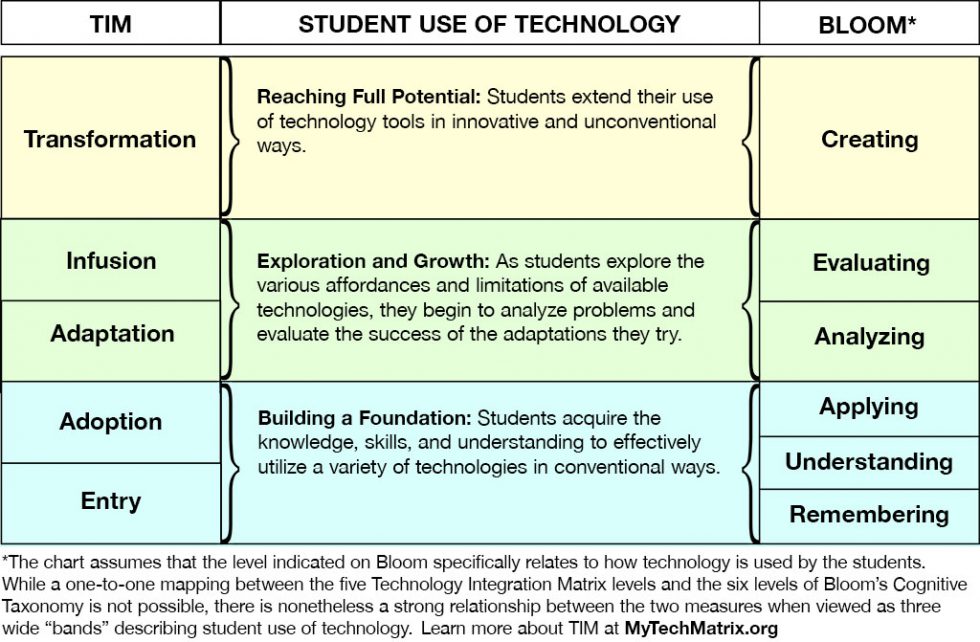
Bloom’s Cognitive Taxonomy and the Technology Integration Matrix TIM
The SAMR (Substitution, Augmentation, Modification and Redefinition) model designed by Ruben Puentedura in 2012, helps educators reimagine how they might design, develop, and infuse technology into learning experiences. Dr. Puentedura's model provides educators with a framework for successful technology integration.
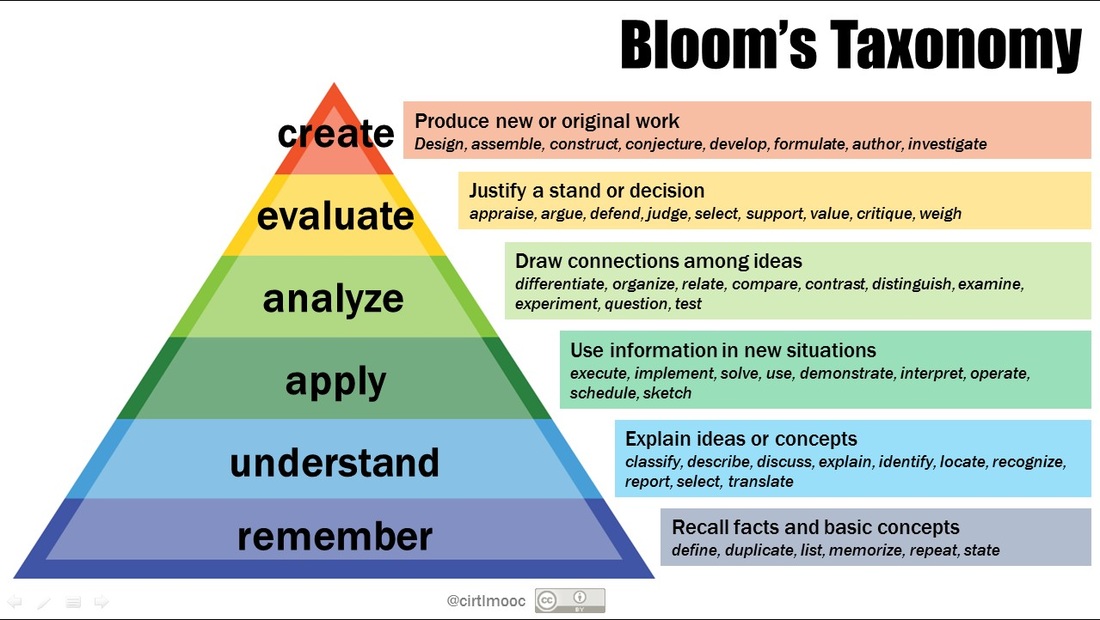
Bloom's Taxonomy, Multiple Intelligences, & Integration Matrix Let's talk inclusion
We are all familiar with Bloom's Taxonomy—a pedagogical model of cognitive-thinking skills used to design learning experiences that move students to increasingly higher-order tasks. Since Bloom's was revised by Anderson and Krawthol in 2000, the cognitive skill levels are now represented by action verbs to indicate active engagement.
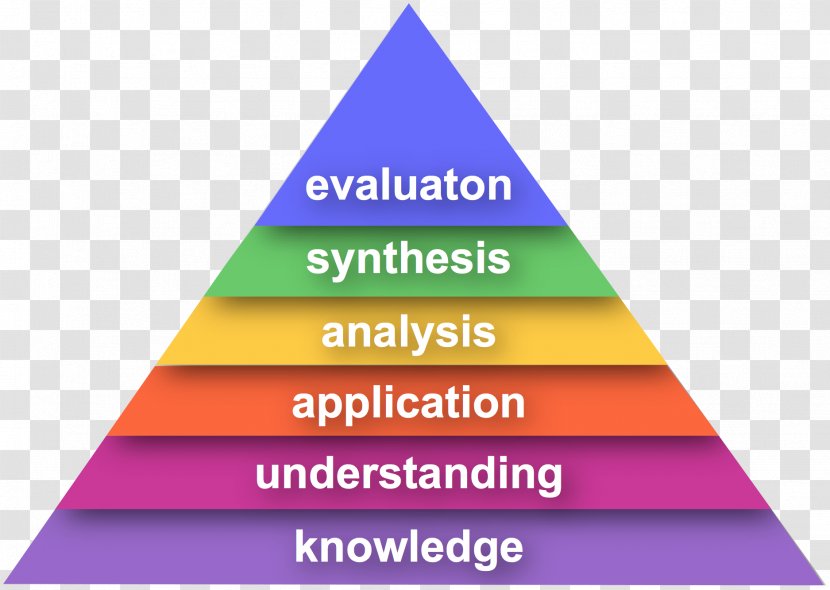
Bloom's Taxonomy Technology Low Level Tech Learning Understanding Area Transparent PNG
Reimagining Bloom's Taxonomy - with an eye on technology. According to the NMC Horizon report, 2016 Higher Education Edition, trends in the integration of educational technologies in higher education are quickly evolving (Johnson et al., 2016). Topics such as using blended learning, keeping education relevant, and balancing connected and.

Bloom’s ‘Digital’ Taxonomy Educational technology, Blooms taxonomy poster, Blooms taxonomy
By EuroSchool August 9, 2023. Education is undergoing a model change in today's rapidly changing digital environment as technology becomes an essential component of the educational process. One influential framework that guides educators in effectively integrating technology is Bloom's Digital Taxonomy. Adapted from Benjamin Bloom's.